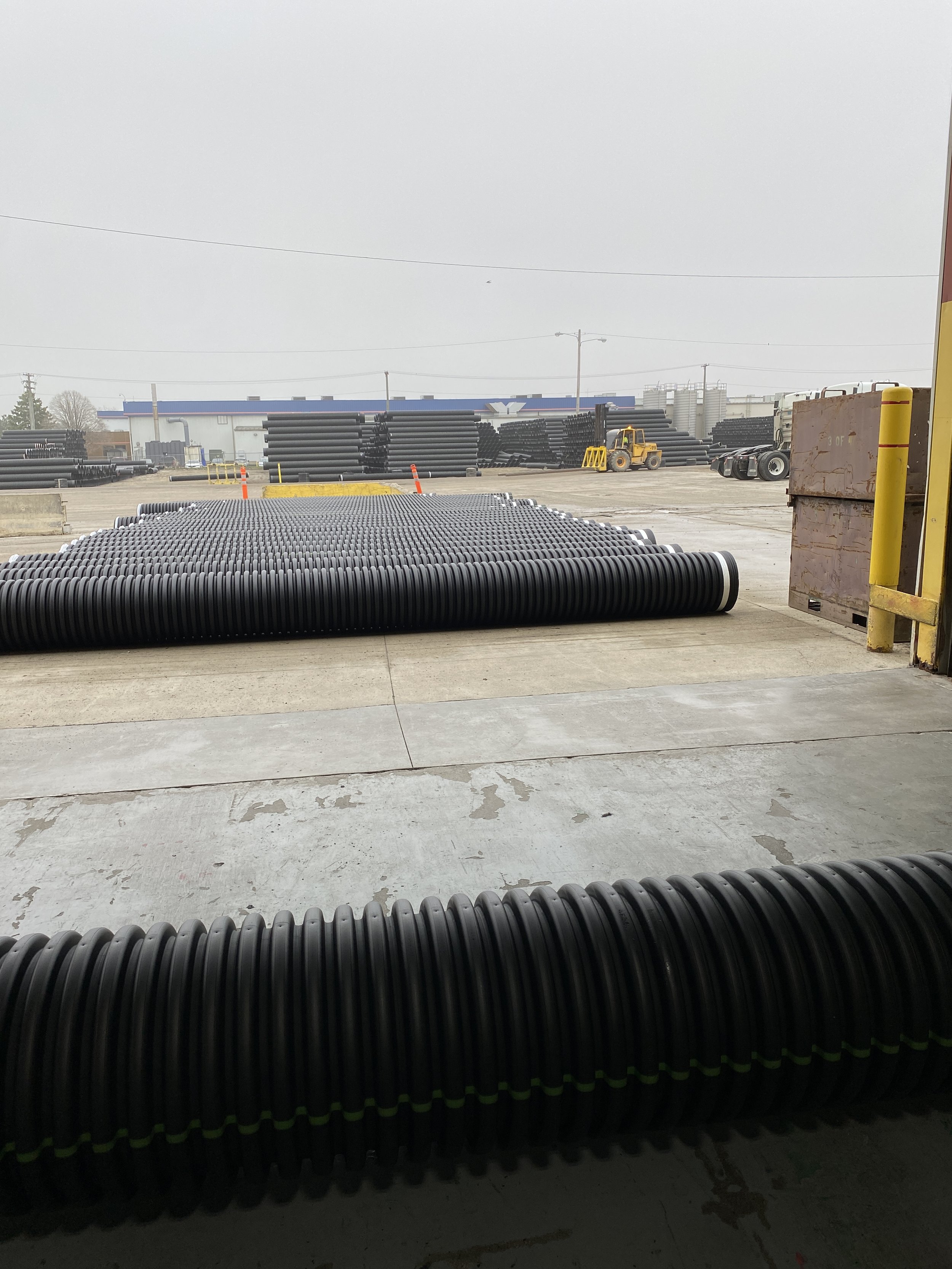Global Order Promising
Through a major recruiting agency, I was hired as the Senior Project Manager to lead a $33M Global Order Promising transformation at a billion dollar manufacturing company that was growing more than 30% through $1B in new revenue per year, due to increasing national and global demand for its infrastructure products and capabilities.
While growing rapidly, the board determined that the greatest way to secure year over year growth in revenue was to retain current customers and maintain positive company brand by improving the accuracy of service and delivery times. That is, when an order is made, provide the accurate delivery date when the order will arrive, and manage the order across the supply chain to ensure it is accurately fulfilled when the order was promised to be fulfilled (at the time the order was made). To achieve the desired retention of customers and positive brand, global order promising needed to be improved by at least 20% in a complicated supply chain that manufactures large, heavy, construction-oriented parts, which must strategically arrive at construction sites across the world.

Platform, Software, and System Integrations
Through collaborative workshops, I worked with the Director of Global Order Promising to manage and support team lead meetings where issues were identified related to global order promising, decisions were made on how to unite systems with new and existing software, platforms, and manufacturing and data systems were considered, in terms of capabilities, process and maturity, to call out risks and additional support, mitigations, or needs, while assigning leads to further define the action plans. Through multiple workshops, we made the decision to combine Oracle EBS with newly integrated systems, to improve the accuracy and flow of order information and supply chain processes.
Managing PMO Standards
Part of my role as Senior Project Manager was to free up the Director of Global Order Promising as much as possible so he could dive deep with engineering and data leads on action plans. One of the critical needs was to complete the project requirements and standards, through presentation development, and move the project into the maturity phase it needed to be so that when the roadmap was developed into a final form, the PMO could reasonably review the roadmap, based on the project maturity phase, which would allow the CTO to be able to review and potentially sign the terms with the supporting implementation vendor, which specialized in Oracle and Global Order Promising enhancements.
Defining The 2 Year Roadmap
Working with the Director of GOP and Engineering and referencing all design workshop outcomes, we developed a multi-phase, iterative-approach to a 2 year roadmap with development phase estimates. Knowing that the roadmap would require CTO sign off prior to handoff to a management consultant partner for implementation, the roadmap had to pass all maturity phases of PMO standards, include all stakeholder input, and have reasonable estimates for development phases, with detailed priorities in each phase (epics and features), with as many known project risks as possible, prior to seeking organizational fundings and CTO approval. The 2 month-long roadmap development process felt more “hybrid” at times due to the controls and standardizations required for approval, but especially during a $33M initiative, agile was never an excuse for poor planning.





